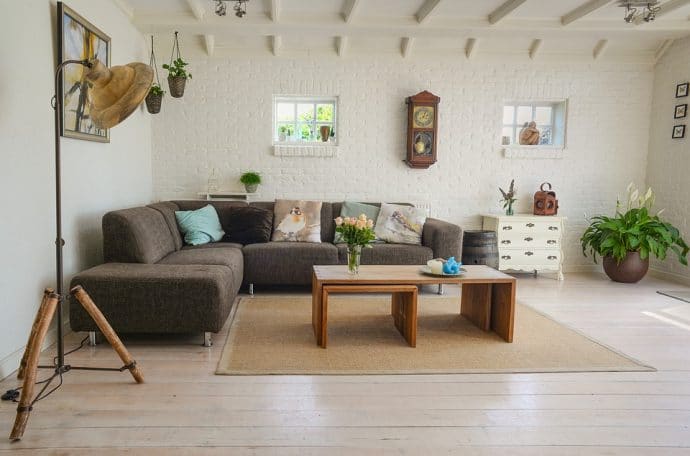Furniture is an integral part of our home. Without it, our lives would be so much tougher. Imagine a world without chairs, tables, storage compartments, shelving units, etc. We would be having our meals on the floor, under-utilising the space that is given to us, and even not knowing where to place our belongings. The furniture has come a long way since its inception, and it can be made with many materials such as metal, wood, acrylic, glass, leather, etc.
Maximising the space available
With modern homes getting smaller by the day, there is a pressing need to utilise the given space available. With precision made customised timber furniture, you are able to fit it in those small pockets of space (or even oddly shaped spaces) and treat it as a storage compartment. The agony of finding a furniture that you really like, just to realise that it cannot fit into your house, can be real. Whether you need a large or small furniture, customising the dimensions of the furniture allows you to place it anywhere in the house without worries.
Complementing your design theme
When choosing furniture for your home, be aware of the design themes (Scandinavian, Country, Zen, etc.) that would ensure the furniture purchased is a right fit. For example, a Scandinavian theme would focus mostly on a clean-cut design and a lighter colour of wood, while a Country-centric theme would focus mostly on a richer tone of wood, coupled with detailed finishings. A wrong choice of purchase could mean that the furniture would be an eyesore, disorienting your chosen theme.
The quality of material used
Selecting the right wood for your furniture can play an essential part in maintenance in the long run. For example, medium density fibreboard (MDF) is a kind of wood that can be purchased cheaply, and it does not hold up in wet areas, due to its ability to absorb water and it may swell up over time. Solid wood will cost you a lot more, but it will last you almost a lifetime, if it is taken care of properly. In the long haul, this negates the cost of replacing a lower quality furniture.
The disadvantage of customisation
The main disadvantage of customisation would be the high cost of it. Compared to furniture that has been manufactured for the masses, a customised furniture has to be carefully planned, and it involves additional man-hours and materials. It may not be suitable for younger couples who have just purchased their first home, as they will need to factor in other expenses (renovation, electrical appliances, etc.) as well. They might consider getting the customise kitchen cabinets, which is an essential part of the house.
Selecting a company for your customised furniture can be a chore, especially when there are companies out there who are not skilled enough, resulting in poor workmanship. To assess the credibility of the company, always look for their portfolio of works, their guarantees, accreditations and awards, years of operation, and even business practices. These factors may indicate the high level of trust between them and their clients.

